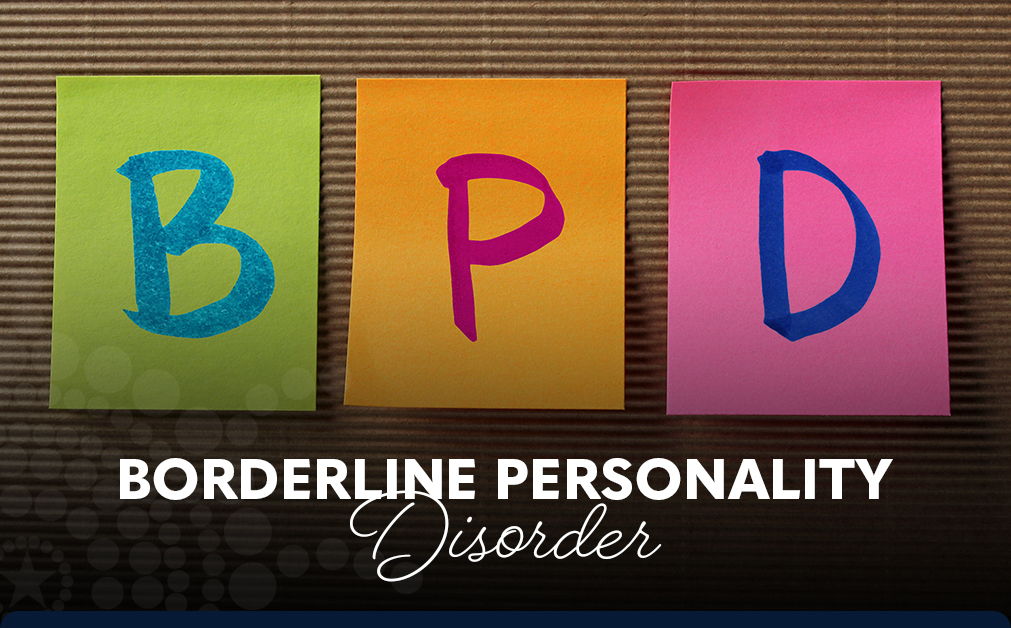Neurofeedback for Borderline Personality Disorder

Borderline Personality Disorder (BPD) can be a deeply challenging condition marked by emotional instability, impulsive behaviors, and intense interpersonal relationships. For years, the gold standard in treating BPD has been Dialectical Behavioral Therapy (DBT), devised by psychologist Marsha Linehan. DBT focuses on providing patients with new skills to manage painful emotions and decrease conflict in relationships. While DBT remains a cornerstone of BPD treatment, a recent study points toward neurofeedback as a potential adjunct therapy that can offer additional benefits.
The study, published in Psychiatry Research, illustrates how neurofeedback may lessen the severity of BPD symptoms, help manage emotional turmoil, and improve cognitive control. Successfully harnessing neurofeedback involves the individual actively participating in the therapy, instilling a sense of empowerment and control over their mental health.
Neurofeedback in Conjunction with DBT
Incorporating neurofeedback training along with DBT might enhance the treatment's overall efficacy, providing a two-tiered approach to managing BPD. At Beaverton Neurofeedback, I offer personalized neurofeedback in-office sessions or offer equipment rentals for personal home use.
Neurofeedback: A Tool for Managing Impulsivity
Impulsivity can manifest in various ways, from rash decision-making to sudden mood swings, and is a hallmark struggle for those with BPD. Neurofeedback sessions can be particularly helpful for individuals looking to mitigate these impulsivity symptoms. It helps in reinforcing clients' ability to self-regulate their emotional and behavioral responses.
The Importance of Motivation and Personal Responsibility
However, as with any treatment, the success of neurofeedback — or indeed, any therapeutic intervention — depends significantly on the individual's motivation and willingness to engage in the process. For someone with BPD who is not ready to embrace change within themselves, insisting that it's others around them who need to alter their ways, any therapeutic effort may bear little fruit. It's crucial to acknowledge this reality when considering interventions like neurofeedback.
Finding Balance While Walking on Eggshells
For those intertwined in the lives of individuals with BPD, especially when these individuals are hesitant or opposed to seeking help, "Walking on Eggshells" becomes a daily reality. Books such as "Stop Walking on Eggshells" by Paul T. Mason and Randi Kreger and “Stop Caretaking the Borderline or Narcissist" by Margalis Fjelstad offer insightful perspectives for those in such challenging relationships.
In tandem with these insights, neurofeedback presents itself as an invaluable resource for caregivers and family members grappling with the complexities of these relationships. Serving as an anchor, neurofeedback can aid in maintaining the equilibrium of your own nervous system amidst the chaotic storm of emotions often associated with BPD.
Drawing from personal experience with “cluster B" family members, I understand that caregiving can often feel like an unfair burden, and the emotional impact is worse when the loved one refuses help. Neurofeedback can be a valuable self-care tool, ensuring that your mental and emotional well-being remains a priority.
If you and your loved one are committed to exploring neurofeedback, you can both experience its benefits through various options that cater to your preferences: you can attend weekly sessions in my office, opt for a rental system for convenient in-home brain training, or invest in purchasing your own neurofeedback equipment for sustained, long-term use.
A Path Forward
For individuals ready to engage with these therapies, the results can be transformative. And for those around them, seeking personal support remains a step of immense importance. I believe in the potential of neurofeedback to complement therapies like DBT and serve as a mechanism of support for both individuals with BPD and their loved ones. Your journey to wellness is a path I am committed to walking alongside you.
Find this blog helpful? Share it with others.


